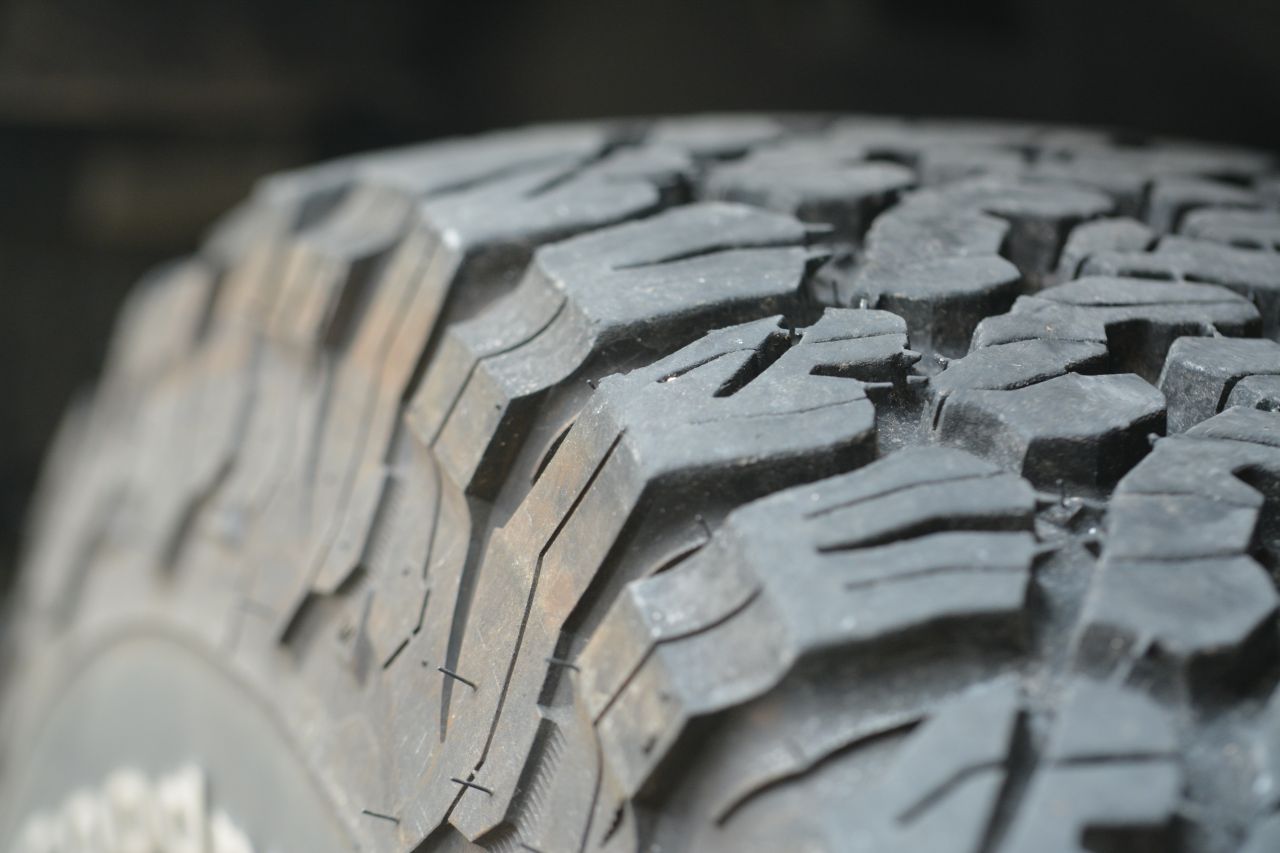At Green Distillation Technologies (GDT), an Australian company, we have developed a process that turns end-of-life tyres into refinery-ready, high-value oil, high-quality carbon and the steel skeleton that can be recycled and used again.
The process and economics have been proven at our first plant in Warren, Western New South Wales, and now we want to upgrade it to full commercial production which means we can then process 19,300 tonnes of end of life tyres a year into an annual production of 7.16 million litres of oil, 9032 tonnes of carbon black and 3760 tonnes of steel.
We have all the Government permissions in place for a second plant in Toowoomba, Southern Queensland and have plans for five more Australian plants in Wagga, Gladstone, Geelong, Elizabeth and Collie (WA). Internationally there has been strong interest and we are negotiating agreements for fifteen plants in the United States, five in South Africa and three in the UK.
The inventor of the process, which we call ‘Destructive Distillation’ is Technical Director Denis Randal.
We refute the contention that only low-value products can be gained from tyre recycling. On the contrary, oil produced by the Destructive Distillation process is low in sulphur and ‘easy to refine’ into diesel, petrol and other oil-based products.
Queensland’s University of Technology Engineering Department conducted tests into the oil produced by GDT on stationary diesel engines and found that when mixed with differing percentages of diesel it produced the same power, but 30% less nitrous oxides were emitted from the exhaust. The same tests were conducted on a small van during stop-start city miles in Brisbane and gave a similar result.
The carbon produced by the process is high quality and suitable for many manufacturing purposes and we the company has been working with New Zealand innovator CarbonScape to enhance the value by converting it into battery ready graphite.
Crumbing and chipping should be seen as tyre processing and not recycling. In fact, at best, it can be described as reshaping, as you simply grind the tyre carcass into smaller pieces so it can be spread on sporting fields or playgrounds or chopped up to use as ‘Tyre Derived Fuel’.
Greener Grass
Further to processing end-of-life tyres, the recycling of synthetic grass that has passed its use-by-date is proving to be a nightmare, as the only solution seems to be sending it to landfill or incineration. The problem, of course, is the remaining rubber material which still needs to be recycled as it is unchanged when first used as infill.
Clearly using crumb rubber for this approach to end-of-life tyres does not satisfy an enlightened, modern approach to the circular economy.
Pyrolysis is also seen by many as a recycling method that utilises crumbed and chipped rubber, but it is discouraged in many countries, including Australia, due to the high emissions and pollution potential together with the low value of the unstable oil and carbon that is produced by the process.
This is why I believe that the production of high-value oil, carbon and steel will in time prove to be the new hero for tyre recycling around the world.

 Promoting the cold storage market to optimize the strengths of agricultural products
Promoting the cold storage market to optimize the strengths of agricultural products
.jpg?w=280&h=160&mode=crop) Greening the textile industry from the perspective of ESCO model
Greening the textile industry from the perspective of ESCO model
 VICEM strives towards sustainable development
VICEM strives towards sustainable development
 Develop new tool to reduce, reuse and recycle in industry
Develop new tool to reduce, reuse and recycle in industry
 Bac Kan promotes sustainable production and consumption
Bac Kan promotes sustainable production and consumption
 Germany's new plant produces zero-emission jet fuel
Germany's new plant produces zero-emission jet fuel
 Encouraging results from watershed pollution control
Encouraging results from watershed pollution control
.jpg?w=280&h=160&mode=crop) Promote energy labeling towards high efficiency products
Promote energy labeling towards high efficiency products